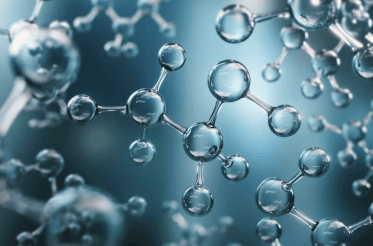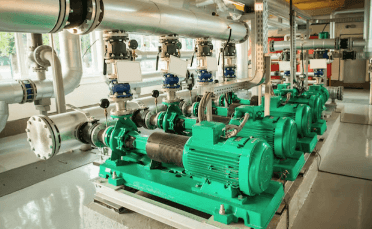Question
a.
Agree
b.
Disagree
c.
Can't say
d.
None of these
Posted under Mechanical Engineering
Interact with the Community - Share Your Thoughts
Uncertain About the Answer? Seek Clarification Here.
Understand the Explanation? Include it Here.
Q. A single stage turbine is not used because it requires large reduction gearing due to very high rotational speed.
Similar Questions
Explore Relevant Multiple Choice Questions (MCQs)
Q. In turbines, the fluid undergoes a continuous steady flow process and the speed of flow is
View solution
Q. A nozzle is said to be a convergent-divergent nozzle, when the cross-section of a nozzle first decreases from its entrance to throat and then increases from its throat to exit.
View solution
Q. In an impulse reaction turbine, the pressure drops gradually and continuously over
View solution
Q. When the inlet pressure of steam is equal to the exit pressure, then
View solution
Q. In velocity compounding of an impulse turbine, the expansion of steam takes place in a nozzle or a set of nozzles from the boiler pressure to condenser pressure.
View solution
Q. The critical pressure ratio is given by (where p1 = Initial pressure of steam, and p2 = Pressure of steam at throat or critical pressure)
View solution
Q. A steam turbine, in which a part of the steam after partial expansion, is used for process heating and the remaining steam is further expanded for power generation, is known as
View solution
Q. The stage efficiency is the ratio of energy supplied to the blades per kg of steam to the total energy supplied per stage per kg of steam.
View solution
Q. Stage efficiency is also known as
View solution
Q. Degree of reaction is defined as the ratio of
View solution
Q. The expansion of steam in a nozzle follows
View solution
Q. The blade friction in the impulse turbine reduces the velocity of steam by __________ while it passes over the blades.
View solution
Q. The effect of bleeding is that
View solution
Q. The expansion of steam, as it flows over the blades in reaction turbine, represents
View solution
Q. The critical pressure ratio for initially superheated steam is __________ as compared to initially dry saturated steam.
View solution
Q. For a Parson's reaction turbine, if α1 and α2 are fixed blade angles at inlet and exit respectively and β1 and β2 are the moving blade angles at entrance and exit respectively, then
View solution
Q. The maximum efficiency of a De-Laval turbine is (where α = Nozzle angle)
View solution
Q. The pressure compounded impulse turbine as compared to velocity compounded turbine require __________ number of stages.
View solution
Q. In a reaction turbine when the degree of reaction is zero, then there is
View solution
Q. The effect of friction in the nozzle __________ dryness fraction of steam.
View solution
Recommended Subjects
Are you eager to expand your knowledge beyond Mechanical Engineering? We've handpicked a range of related categories that you might find intriguing.
Click on the categories below to discover a wealth of MCQs and enrich your understanding of various subjects. Happy exploring!








